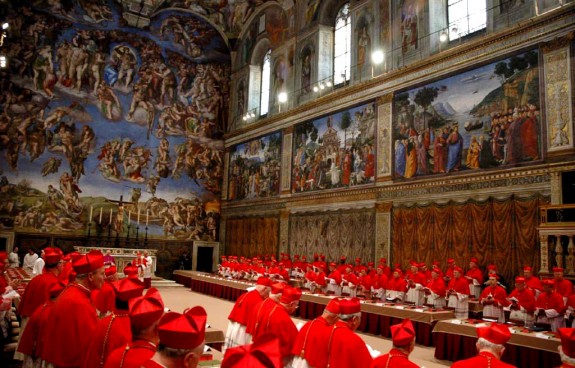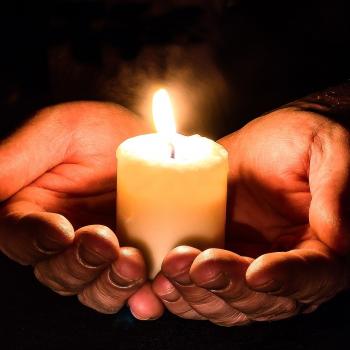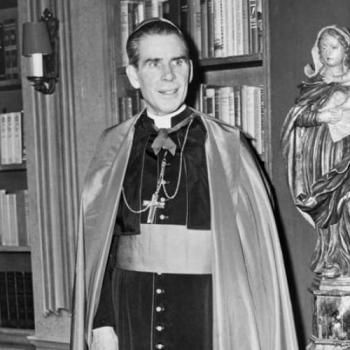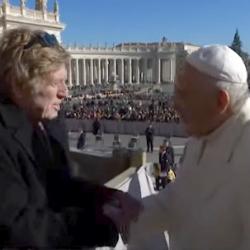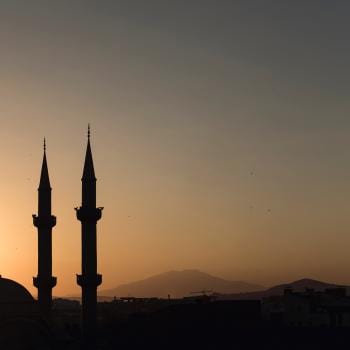A few tidbits this morning from Catholic News Service:
Jesuit Father Federico Lombardi, Vatican spokesman, confirmed this morning that top cardinals and canon lawyers at the Vatican are studying the possibility of beginning the conclave to elect a new pope before March 15.
But only the cardinals can announce the exact date the conclave will begin, he told reporters this morning.
Under the rules established in the apostolic constitution “Universi Dominici Gregis” on the vacancy of the papacy and the election of a pope, cardinals in Rome “must wait 15 full days for those who are absent” before they can enter into a conclave and begin the process of electing a new pope.
However, Pope Benedict XVI has scheduled a farewell meeting with cardinals the morning of Feb. 28 — just before he leaves office — and many of the world’s cardinals are expected to be present.
In addition, the fact that Pope Benedict announced his resignation Feb. 11 has given the cardinals plenty of time to make their arrangements to get to Rome. Therefore, the question has arisen: Does the 15-day rule apply if all the cardinals are in Rome before that?
Read more about that here. As with so much of this historic moment…we’re really putting out into deep, uncharted waters. Nobody knows.
Meantime, a few cardinals who regularly chirp—or tweet—will soon be silent:
For most of the 117 red-vested princes of the church who are eligible to vote for a new pope, Twitter isn’t an issue at all. But the College of Cardinals does include at least nine active tweeters. From the moment they enter the Sistine Chapel to cast their ballots, they will be forbidden access to their accounts along with all other forms of communication with the outside world.
Cardinal Timothy M. Dolan of New York (@CardinalDolan) informed his almost 80,000 Twitter followers when Pope Benedict XVI announced his resignation Feb. 11.
As of Feb. 15, Cardinal Sean P. O’Malley of Boston (@CardinalSean) had not mentioned the pope’s resignation on his Twitter feed. In fact, the last tweet to his more than 9,200 followers was posted two days before the pope’s announcement.
After the pope’s announcement, Cardinal Gianfranco Ravasi, (@CardRavasi) president of the Pontifical Council for Culture, almost immediately tweeted a traditional prayer in Latin: “Sub tuum praesidium confugimus, sancta Dei Genetrix” (“Under thy protection we seek refuge, O Holy Mother of God.”)
The Italian cardinal, often mentioned on pundits’ lists of possible popes, has more than 35,400 followers and tweets frequently.
Brazilian Cardinal Odilo Scherer of Sao Paulo (@DomOdiloScherer) is not a daily tweeter. But on Feb. 14 he used Twitter, with its 140-character maximum for messages, to comment, “I am impressed with the interpretations I have read of the resignation of Pope Benedict XVI.”
The cardinal has more than 22,700 Twitter followers.
Italian Cardinal Angelo Scola of Milan (@angeloscola), another cardinal appearing on many pope-watch lists, had not commented on the pope’s resignation to his almost 16,800 followers as of Feb. 15.
South African Cardinal Wilfrid Napier of Durban (@CardinalNapier) has thanked his almost 3,100 Twitter followers for their promise of prayers. “Keep praying for a truly Christ-like leader,” he messaged them.
Spanish Cardinal Lluis Martinez Sistach of Barcelona (@sistachcardenal) told his 2,300 followers that he thanked the pope “for all he’s done for the church and the world.”
The cardinal also told them that the pope’s resignation “is an expression of his deep spirituality and great love for the church.”
Like Cardinal Dolan, Colombian Cardinal Ruben Salazar Gomez of Bogota (@cardenalruben) follows only Pope Benedict (@Pontifex). He used his account to say, “Holy Father, the Colombian church accompanies you with its prayer at (the time of) this honest and courageous decision.”
He then asked his nearly 2,900 followers to offer their Lenten fasting for the pope and “the future of the church.”
Read about other tweeting cardinals here.

